
My Opinion | 131819 Views | Aug 14,2021
Feb 9 , 2025
By Kate Hampton , Hannah Wanjie Ryder
The world is in the midst of a financing crisis. As world leaders work to mobilise trillions of dollars to meet climate and development goals, expensive public debt is limiting governments' ability to make long-term investments. A long-term framework for low-interest financing of global public goods is urgently needed.
While debt burdens have increased dramatically almost everywhere, the danger is particularly acute in developing countries, where government debt repayments are growing twice as fast as in developed economies. Faced with unbearable debt repayment burdens, many developing countries cannot make the necessary investments to reduce poverty and adapt to a rapidly warming planet. For most developing countries, the size of the debt is not the primary issue. In fact, it is too small to support development at the pace required. Developing countries' debt is a small proportion of overall global debt, while their debt-to-GDP ratios are often barely half those of richer countries.
The real challenge lies in the structure of the debt.
As many bilateral lenders have scaled back their lending capacity over the past two decades, developing countries have had no choice but to rely on private-sector financing that is not suitable for vulnerable borrowers. Meanwhile, exogenous shocks – including the COVID-19 pandemic, climate-related disasters, and high inflation – have triggered a sharp rise in interest rates. This has driven up borrowing costs, strained public budgets, and threatened political stability.
Even countries that took on minimal levels of debt to fund infrastructure projects are struggling.
The need for affordable finance will only become more acute in the coming years. The Independent High-Level Exeprt Group on Climate Finance estimates that emerging and developing economies (excluding China) will need to mobilise an additional 2.5 trillion dollars annually by 2030, and 3.5 trillion dollars by 2035. Development Reimagined's analysis of 13 African countries finds that delivering on the SDGs and the African Union's Agenda 2063 will require 109 billion to 150 billion dollars in annual infrastructure financing.
But, instead, according to the Debt Service Watch database, the world's poorest countries are spending, on average, 50pc of their revenue on debt service. Over three billion people currently live in countries that spend more on debt payments than on essential services like health or education.
China's experience offers valuable insights into how to tackle today's financing challenges.
During a recent visit, we travelled on the high-speed rail from Beijing to the Shandong province, completing the 645Km journey in just over three hours. This remarkable feat of engineering is a testament to China's commitment to long-term investment in sustainable development, a strategy that helps explain how 800 million people have been able to lift themselves out of poverty within two generations.
Equally important is China's recognition of the need for flexibility in managing short-term financing.
In November, Chinese Minister of Finance Lan Fo'an announced a 1.4 trillion dollar debt-swap plan for local governments as part of the government's fiscal stimulus package. The debt-relief plan, described by Lan as China's "most significant measure introduced in recent years," was accompanied by a bond issuance designed to reduce local governments' debt burdens and free resources to stimulate economic development, boost business confidence, and safeguard public services.
China's ability to combine long-term investments and adaptive short-term financing provides a useful model for mitigating the current debt crisis and easing tensions between developed-country creditors and developing countries. The G7 countries and multilateral institutions should replace their rigid and outdated approach to sovereign debt, rooted in Western corporate bankruptcy laws and restructuring rules, with a framework that enables governments to respond quickly to unexpected shocks and prevent liquidity shortages from escalating into insolvency crises.
For example, to resolve liquidity problems caused by high borrowing costs, developing countries need support in taking swift, preemptive steps to stabilise their debt positions while expanding access to affordable borrowing for productive investments. But, achieving this requires reforming the G20's Common Framework, long hampered by slow implementation and a pro-lender bias. Such an effort should also involve innovative, cross-country fiscal mechanisms, such as currency-swap arrangements and the proposed African Stability Mechanism.
The Finance for Development Lab's Bridge to Climate Action Proposal – developed in consultation with a diverse coalition of borrower and lender countries, philanthropic organisations, and NGOs – offers one possible solution. It envisions a tripartite deal whereby multilateral development banks would increase climate-linked financing, creditors would agree to reschedule debt, and borrowing countries would be supported in pursuing a strategy for growth based on country-led development plans. The IMF's "3-pillar approach" incorporates similar principles.
Development Reimagined offers another option. Its ambitious Borrowers Club initiative advocates placing borrowers, rather than lenders, at the centre of the international financial system. Such a shift could facilitate short-term debt relief while making long-term borrowing cheaper through coordinated action. Other crucial steps include adopting resilient debt instruments, such as disaster clauses and outcome-linked bonds that better tailor private-sector financing for vulnerable borrowers, reforming the International Monetary Fund's (IMF) quota system and debt-sustainability assessment process, and overhauling the credit-rating ecosystem.
The solutions are well understood. But without a fairer and more adaptive global financial system, we stand little chance of meeting our climate and development goals. To ensure a just green transition, developing countries should have a stake in the economic opportunities it creates.
PUBLISHED ON
Feb 09, 2025 [ VOL
25 , NO
1293]

My Opinion | 131819 Views | Aug 14,2021

My Opinion | 128203 Views | Aug 21,2021

My Opinion | 126147 Views | Sep 10,2021

My Opinion | 123767 Views | Aug 07,2021

Dec 22 , 2024 . By TIZITA SHEWAFERAW
Charged with transforming colossal state-owned enterprises into modern and competitiv...

Aug 18 , 2024 . By AKSAH ITALO
Although predictable Yonas Zerihun's job in the ride-hailing service is not immune to...

Jul 28 , 2024 . By TIZITA SHEWAFERAW
Unhabitual, perhaps too many, Samuel Gebreyohannes, 38, used to occasionally enjoy a couple of beers at breakfast. However, he recently swit...

Jul 13 , 2024 . By AKSAH ITALO
Investors who rely on tractors, trucks, and field vehicles for commuting, transporting commodities, and f...
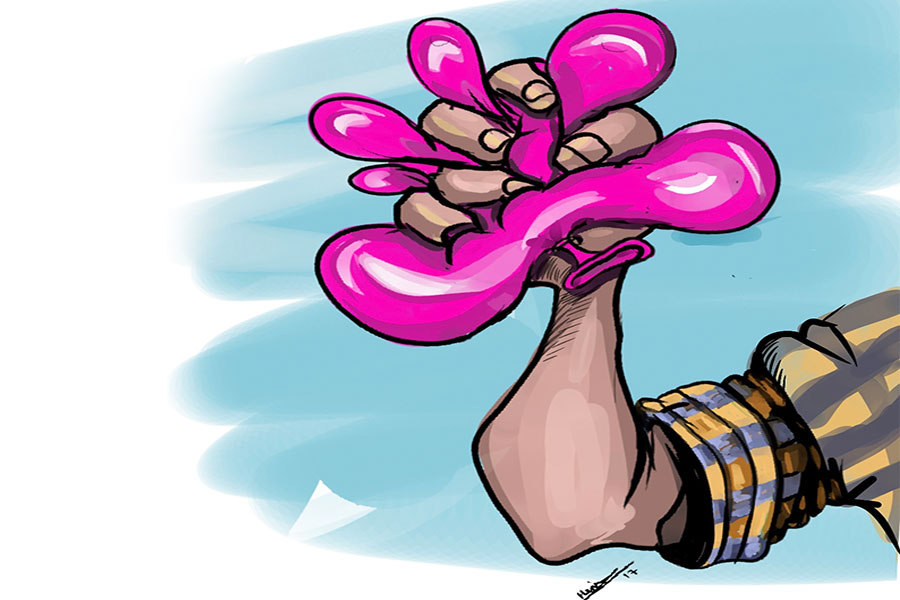
Jul 5 , 2025
Six years ago, Ethiopia was the darling of international liberal commentators. A year...
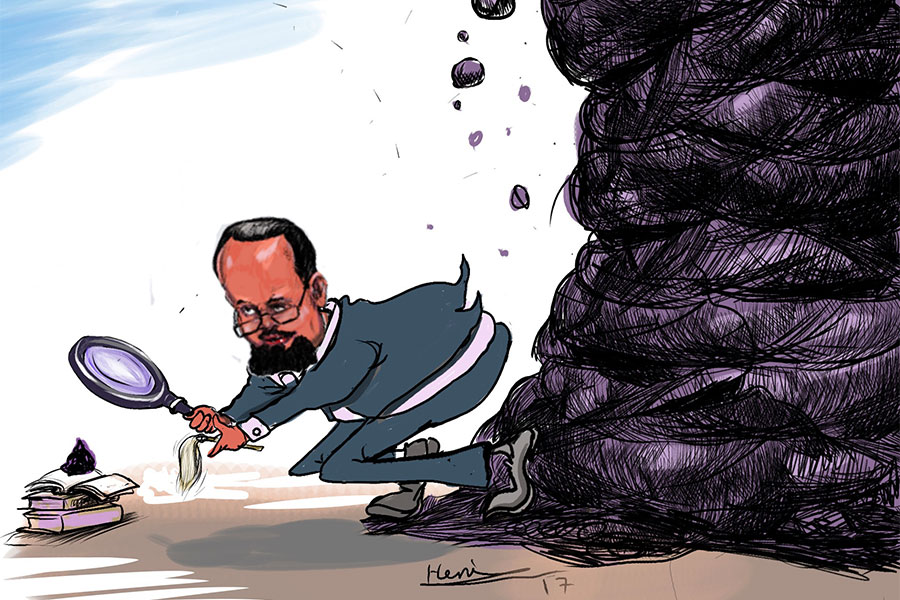
Jun 28 , 2025
Meseret Damtie, the assertive auditor general, has never been shy about naming names...
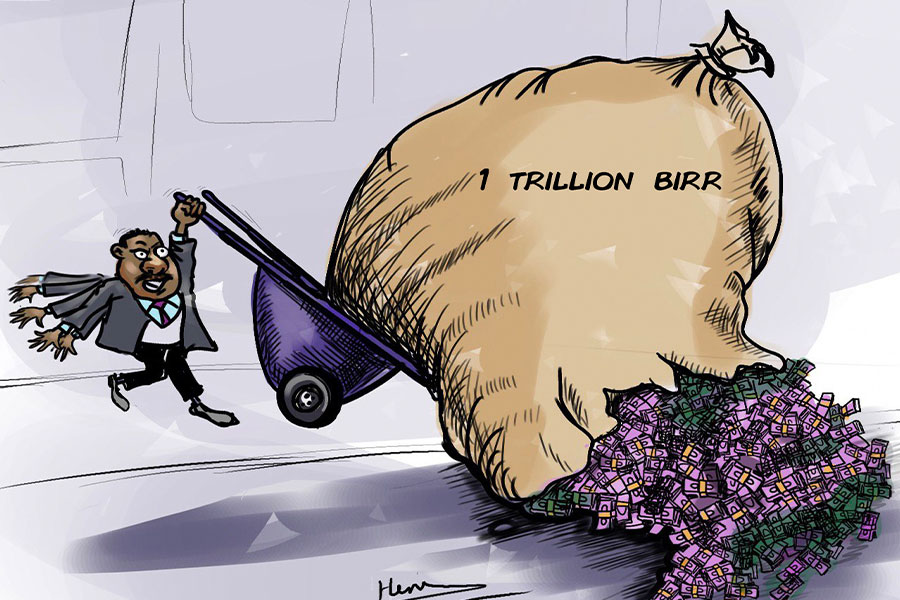
Jun 21 , 2025
A well-worn adage says, “Budget is not destiny, but it is direction.” Examining t...
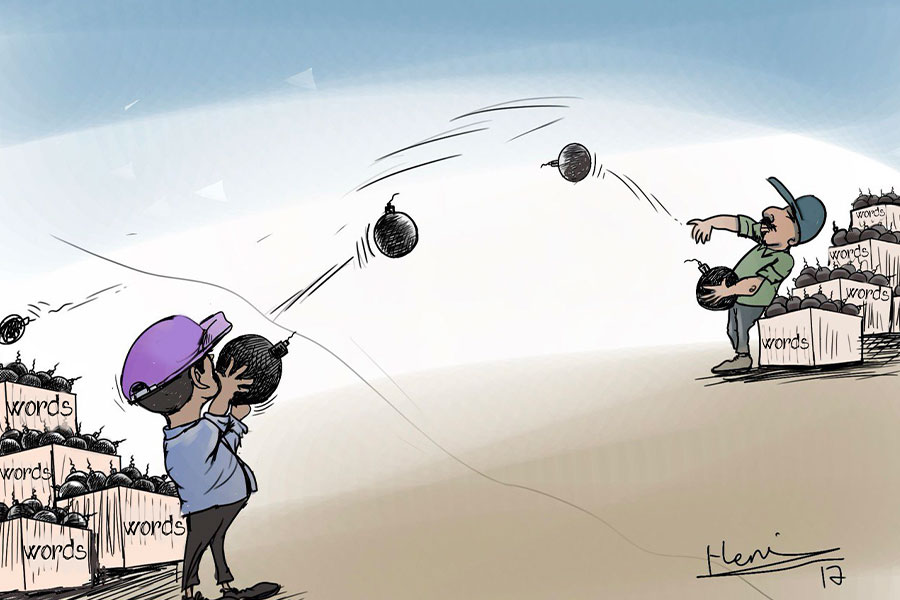
Jun 14 , 2025
Yet again, the Horn of Africa is bracing for trouble. A region already frayed by wars...
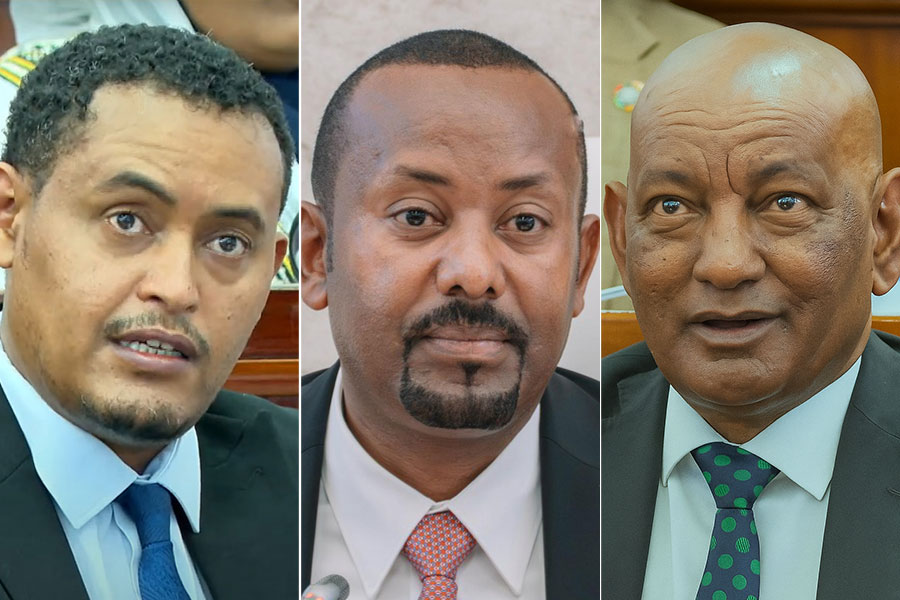
Jul 6 , 2025 . By BEZAWIT HULUAGER
The federal legislature gave Prime Minister Abiy Ahmed (PhD) what he wanted: a 1.9 tr...
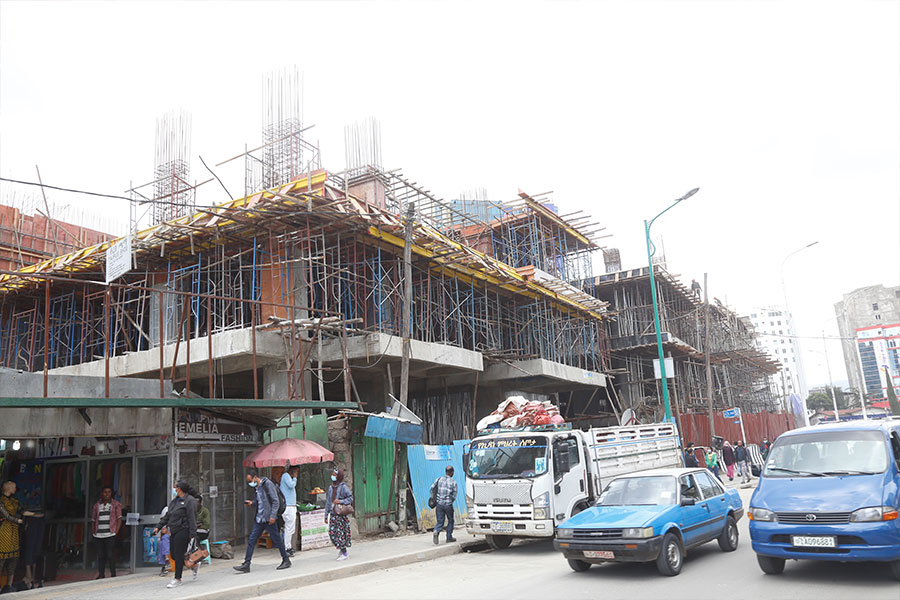
Jul 6 , 2025 . By YITBAREK GETACHEW
In a city rising skyward at breakneck speed, a reckoning has arrived. Authorities in...
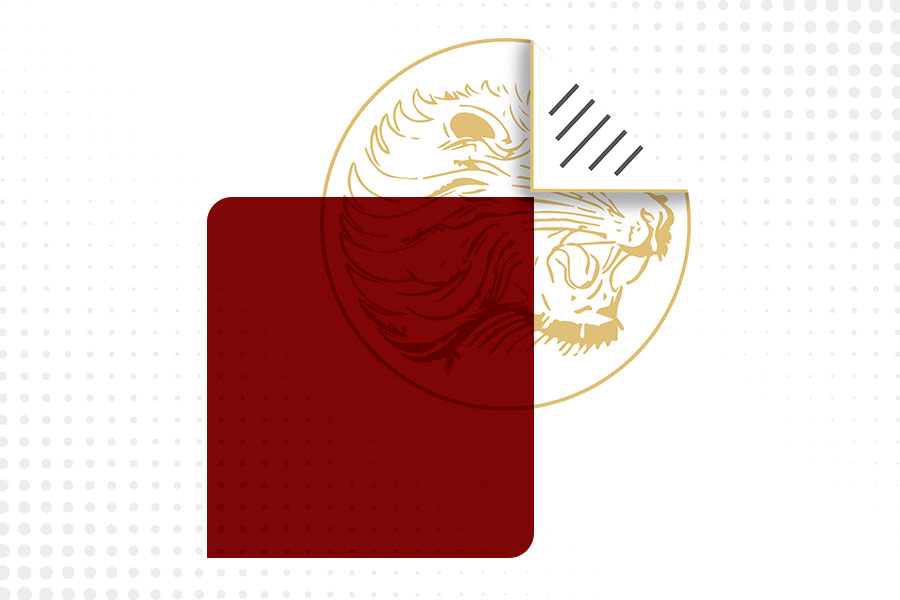
Jul 6 , 2025 . By NAHOM AYELE
A landmark directive from the Ministry of Finance signals a paradigm shift in the cou...
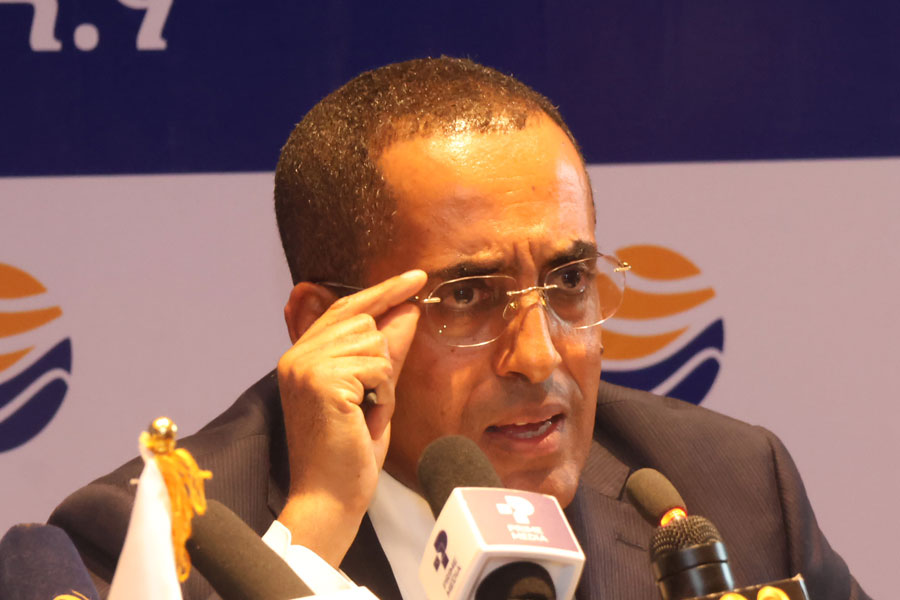
Jul 6 , 2025 . By NAHOM AYELE
Awash Bank has announced plans to establish a dedicated investment banking subsidiary...